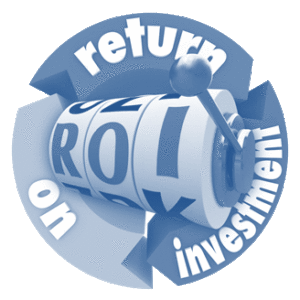In a recent series of articles with Contact Center Pipeline, I’ve focused on Contact Center Costs and the Role of Technology as well as strategies for calculating a Return on Investment (ROI) that might shake some funding loose for technology. As discussed in the second article, three common paths for business case development include:
- Efficiency gains, typically by reducing volume, shaving seconds off handle time, or increasing first contact resolution
- Revenue gains through incremental sales (including upselling and cross-selling), new customer acquisition, and/or improved customer loyalty that leads to customer retention
- Service improvements leading to higher customer satisfaction that yield ripple effects across the organization
Two other factors also weigh heavily on the business case:
- Technology solutions that free the center up from IT dependence
- Changes that reduce attrition, shorten training, and/or speed up time to proficiency
 As you submit budget requests, you need to make the case for technology investment. You’ll need a detailed model of your baseline costs as described in Contact Center Costs and the Role of Technology. Then develop the model with the new cost for the investment, while also calculating any benefits you see. The investments must represent Total Cost of Ownership (TCO), as outlined in the table below.
As you submit budget requests, you need to make the case for technology investment. You’ll need a detailed model of your baseline costs as described in Contact Center Costs and the Role of Technology. Then develop the model with the new cost for the investment, while also calculating any benefits you see. The investments must represent Total Cost of Ownership (TCO), as outlined in the table below.
| TCO | Initial | Ongoing/Future |
| Vendor | Hardware Software Installation/Implementation professional services Third party services (e.g., design, testing) | Licenses/fees Per minute fees Network costs Maintenance (premise) Additional phases Expansion of features/functions Expansion of capacity Additional professional services |
| Internal | Process design Training Project management Change management Development/integration Testing | Operations and administration Vendor management New roles for support functions Optimization |
Keep in mind that with cloud, the initial costs with the vendor may be very low, so that can change the way we look at technology investment and payback, which historically dealt with high upfront costs. After you develop your TCO, you can compare the before and after based on the changes you foresee. Remember efficiency (or service improvements that drive efficiency) translates to savings, and revenue can be compared to the investment to determine if the cost increase is outweighed by the additional revenue.
A return on investment shows the percent payback of an investment – gain calculated by subtracting the cost from the benefit, divided by the investment. You may select a time period to show ROI. Alternatively, you can determine how long it will take before the investment pays off, or the time at which you break even and begin to benefit more from the investment than it costs you. A full analysis requires a look at cash flow, including discounts that factor in the time value of money. Your finance department may have models or you can work with consultants to baseline your environment and analyze the changes you will make.
Keep in mind you don’t necessarily have to identify and quantify each benefit. Focus on the “big hitters” and quantify the ones that are most easily defended. Then determine if you can reach a positive outcome, and look for more if you haven’t yet reached the goal! You can always list other benefits to show there is even more upside.
Be realistic as you build your case. You don’t just “flip a switch” when you put in new technology. Be sensitive to how long it will take for frontline, leadership, and/or support staff to get comfortable with a technology. Consider if you have a “hit” on performance that makes things worse before they get better. CRM is a classic example of this – handle times can go up, which may be OK if the revenue offsets it, or may be a temporary thing as people get used to using the tool and you tune workflows and processes.
Finally, don’t forget to close the loop and show that you reaped the benefits you projected. Allow time to settle in, recognizing benefits don’t come day 1 and may not come until 90-180 days out! Follow through on the commitments made, showing what you achieved, and what you learned. With a new rigor around investment value, chances are your next request will get more serious consideration as you show the reasons technology is worth the pursuit.
For more information, download ROI, ROI, Wherefore Art Thou ROI?
